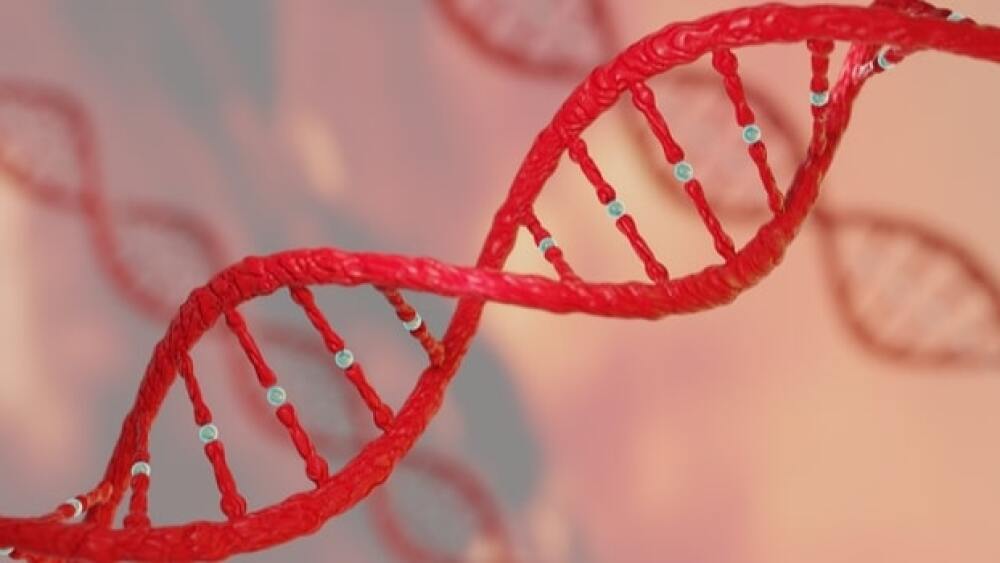A new study has found potential in a novel gene therapy method to help children born with the rare genetic and neurodegenerative disorder, AADC deficiency.
A new study has found potential in a novel gene therapy method to help children born with the rare genetic and neurodegenerative disorder, AADC deficiency. Researchers from The Ohio State University College of Medicine and The Ohio State University Wexner Medical Center published their findings in the online scientific journal Nature Communications.
Aromatic L-amino acid decarboxylase (AADC) deficiency is a rare genetic disease that presents in early infancy and is characterized by deficiencies in epinephrine, norepinephrine, serotonin and dopamine. This leads to severe developmental defects and lifelong autonomic, behavioral, and motor symptoms. It is also linked to mood disturbances, sleep disorders, hypotonia, and oculogyric crises (OGC).
According to consensus guidelines published in the Orphanet Journal of Rare Diseases, only around 135 children worldwide have been identified to be missing the enzyme that creates dopamine in the central nervous system (CNS). Without dopamine to fuel neurological pathways in the brain to support emotions and motor functions, children who have been diagnosed with it have been unable to speak, feed themselves, or even hold their heads up. They also suffer from seizure-like attacks that can last for hours.
The Ohio State University scientists tested the gene therapy in seven children ages four to nine years. They were infused with a viral vector and saw a significant change in their motor function, symptoms, and overall quality of life.
The vector contained a benign virus that was programmed with specific DNA and then applied to specific areas of the brain very slowly to monitor exactly how it spreads through real-time MRI imaging. All of the seven subjects reportedly tolerated the procedure without any direct short-term and long-term adverse effects.
The study also wrote that all subjects exhibited measurable clinical improvements in both symptoms and motor function following gene delivery. OGC was resolved entirely in six of seven subjects. Although there was some variation in the rate and degree of motor function improvement, four of the five subjects who had been followed for at least 18 months after gene delivery gained the ability to sit independently, and two of the five gained the ability to walk with two-hand support within that time period.
In a statement, Dr. Krystof Bankiewicz, head of the Bankiewicz Lab and neurological surgery professor at Ohio State College of Medicine, said that this finding could eventually pave the way for creating a treatment that would cover other neurodegenerative illnesses, such as Alzheimer’s and Parkinson’s diseases. Clinical trials are being planned to test the same gene therapy method in patients living with incurable and debilitating diseases.





